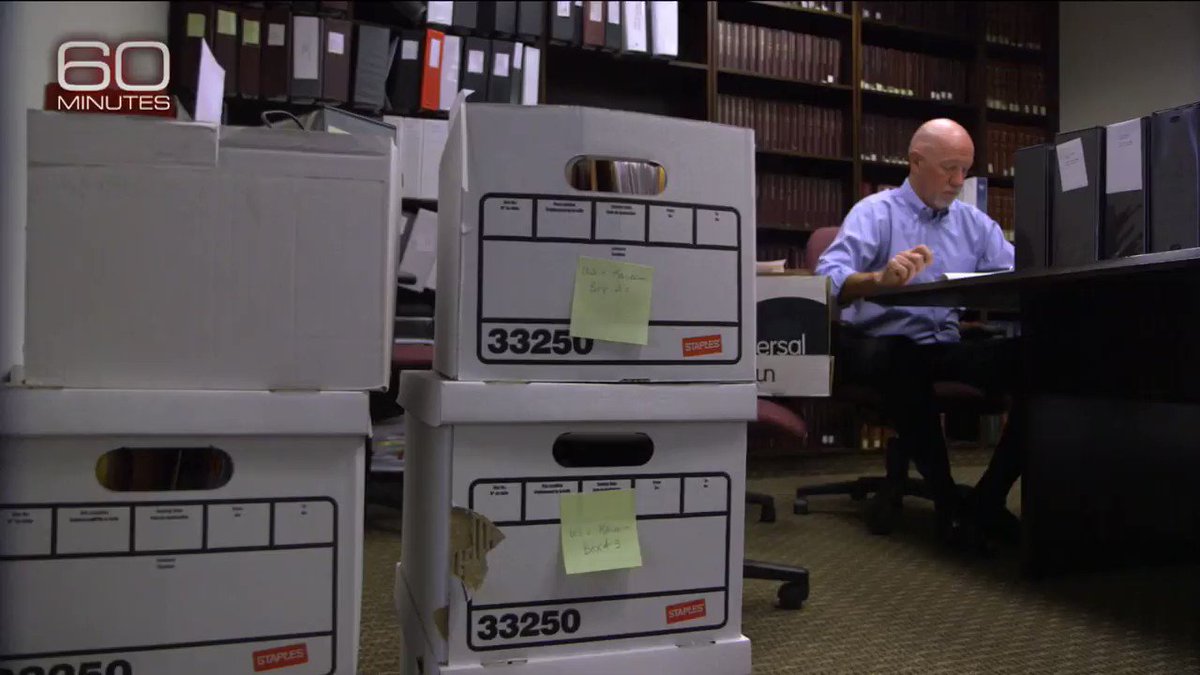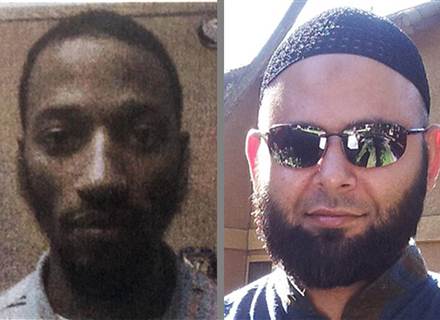Resist: Post-Trump Victory, Dems Finally Flip a State Legislature Seat...to Republicans

If you're unfamiliar with the partisan landscape of state legislatures across the country in recent years, here's a quick primer: With precious few, deep blue exceptions, Republicans have dominated. During the Obama era, the GOP gained hundreds upon hundreds of seats in state-level governing bodies; they currently control 68 of 99 chambers nationwide. The popular backlash to Obamaism was swift, deep, and now complete: The Republican Party now rules DC, too -- even if they seem incapable of taking advantage of this rare opportunity at unified governance.
But now that Trump is president, the roles could well reverse. Much like the GOP in 2009, Democrats find themselves staggering about in the wilderness; leaderless, and with a base fanatically committed to maximum "resistance" against the new administration. They've aired their intense opposition through the (largely sympathetic, if not outright allied) mainstream media, staged mass demonstrations, and leveraged every social media platform under the sun to fight Trump and the Republicans. The political momentum, and the gravitational pull toward an ideological pendulum swing, appears to be on the Left's side. And yet, here's what we relayed a few weeks ago regarding some early electoral outcomes that have occurred since Trump's November victory:
But now that Trump is president, the roles could well reverse. Much like the GOP in 2009, Democrats find themselves staggering about in the wilderness; leaderless, and with a base fanatically committed to maximum "resistance" against the new administration. They've aired their intense opposition through the (largely sympathetic, if not outright allied) mainstream media, staged mass demonstrations, and leveraged every social media platform under the sun to fight Trump and the Republicans. The political momentum, and the gravitational pull toward an ideological pendulum swing, appears to be on the Left's side. And yet, here's what we relayed a few weeks ago regarding some early electoral outcomes that have occurred since Trump's November victory:
The Democrat resistance may be generating a lot of noise in Washington, D.C., but so far in 2017, it has shown little impact on elections in the states. Even with hefty financial investments and high profile Democrats lending star power to state-level candidates, Republicans won control of every district they previously held across multiple states that Democrats have won in the last three or more presidential elections, including as recently as yesterday in Connecticut.
Democrats sought to flip partisan control of four Republican-held seats in a quartet of blue state legislatures -- with liberal advocates showering national attention and money upon several of the races. The result? Zero pick-ups. In spite of major intensity and financial gaps fueled by The Resistance, the GOP held serve in all four contests. But now there's an update to this story. A seat in Louisiana has finally flipped. From blue to red. Via the Republican State Leadership Committee:
For months, Democrats have bragged about state-level, special election strength and victories, while conveniently glossing over one very important detail: they weren’t actually winning any new seats. But on Saturday, the seat count finally changed… and not in their direction.Republican John Stefanski this weekend flipped Louisiana House District 42 – a seat held by Democrats since at least 1972 – after Democrats failed to even file a candidate in the race. Additionally, Republicans retained House District 92 on Saturday with a win by Joe Stagni. So for those of you keeping score, Democrats in state legislatures – despite massive interest and spending – have still flipped zero seats and hold even less than they did at the beginning of 2017. So much for refocused and rebuilding. ICYMI earlier this month, RSLC Political Director Justin Richards released a 2017 special elections update memo noting that despite major investments and major party surrogates’ engagement, Democrats hadn’t actually netted any new seats in state legislative chambers.
The RSLC surveys the state of play since Trump's resistance-sparking win last fall:
- Republicans in January retained a seat in the Virginia House and Virginia Senate by very comfortable margins, despite big investments by Democrats led by Governor Terry McAuliffe.
- Republicans in February retained a Minnesota House seat which gave them their largest House majority ever post-presidential election, despite major Democrat Party surrogates campaigning for their candidate.
- Also in February, Republicans by 12 points retained a critical Senate seat in Connecticut to maintain a chamber tie first secured on Election Day 2016, despite Democrats investing heavily to flip the seat and win back an outright majority.
Now add a red state GOP gain to the roster, following a race in which Democrats couldn't even get a candidate on the ballot to replace their outgoing member. As I emphasized in my previous post, this is not cause for conservatives to adopt a posture of smugness or complacency. Yes, regaining the US Senate is going to be a very tough task for Democrats due to the nature of the 2018 map, but they will have a great many opportunities to make other significant gains at the state legislative, gubernatorial and federal level next year. Keep an eye on this upcoming special Congressional election in Georgia in a Trump-wary district, too. Overall, Republicans have won so much lately that it will be a target-rich environment for the 'out' party. And if President Trump's job approval rating is still suffering by next fall (absent mitigating factors), GOP losses could be substantial. But these very early campaign results prove is that the Democratic/media narrative about a resurgent Left is at least premature, given the choices voters have made in five states.


















